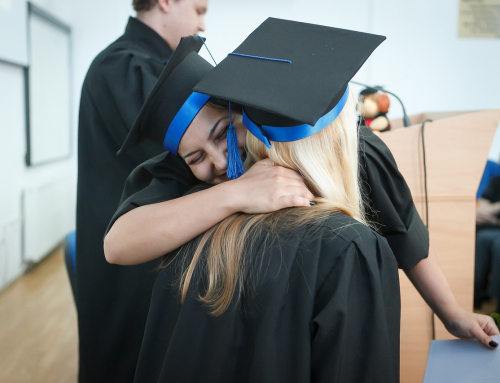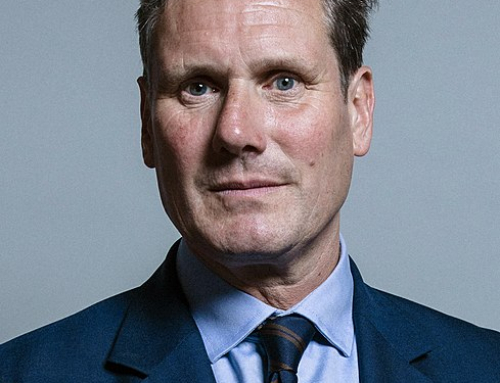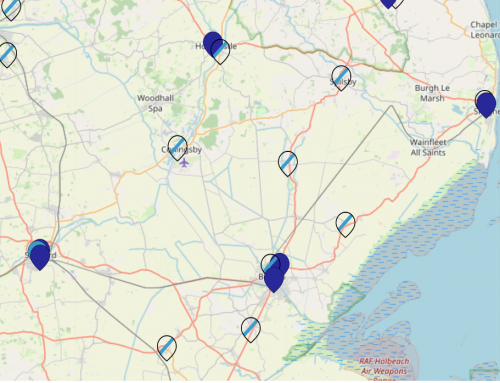The Times looked at the profile of pupils applying to grammar schools, and found that overall applications have risen by almost a quarter in five years. The paper found applications were often from great distances, with some parents prepared to move if their child secured a place.
The paper also analysed the ethnicity of grammar pupils, suggesting white British children were in a minority at some grammars, with their numbers decreasing in the past five years. The paper said, “One school took just four white British pupils from an intake of 104 last year, down from 13 five years earlier, while its Indian heritage intake rose from 37 to 55. Heads said that immigrant families, who had already moved to Britain, were happier to relocate if their children passed the 11 plus at a school hundreds of miles away.”
The paper reported, “The number of students from an Indian background joining grammar schools increased by 78 per cent between 2014 and 2019, from 264 to 470, across 18 schools that provided comparable data. The number of white British children fell by 15 per cent from 2,168 to 1,848.”
The Times reported that a third of pupils are from black African families at Townley Grammar School in Bexley, southeast London, the school which featured in the BBC documentary ‘Grammar Schools: Who will get in?’ Desmond Deehan, chief executive of the trust that runs the school, said: “So many people were surprised seeing a modern-day grammar school instead of the lazy stereotype so often referred to.”
Asked what drove the ethnic make-up of the school, he said: “The simple answer based on our experience is the cultural value of education seen in those ethnic minority families. We draw from our local population which is increasingly ethnically diverse.”
Queen Elizabeth’s, a boys’ school in Barnet, north London, received 3,000 applicants for 192 places, last year. The paper claimed, “Half its pupils are from Indian families, 17 per cent Asian, 5 per cent Chinese, 4 per cent Pakistani and 4 per cent white British. Boys commute from up to an hour away, but families apply from ‘all over the country’ according to Neil Enright, its head teacher.”
It is, of course, a positive step that selective schools are so ethnically diverse, but many are far from representative of their community, and we have heard awful reports of this encouraging racial tensions. Shockingly Birmingham grammar schools have even been accused by local parents of revising their catchment areas to make the schools ‘more white.’ It seems clear that simple admission policies, with schools welcoming all pupils in their community, dispel all such negativity and demonstrate the best way to encourage social cohesion.
The Times sent freedom of information requests to 50 grammar schools, asking questions about admission figures for 2014 and 2019. They learned that applications increased from 19,655 to 24,006 between 2014 and 2019, at the 21 schools that provided data for both years. It is worth noting that many grammars have expanded due to the Selective School Expansion Fund, and some of this increase may be due to the schools increasing their PAN and the number of pupils assessed with a pass in the 11-plus test.
Prep schools accounted for a significant number of pupils at some grammars. Fifty one of the 180 children starting at The Judd School came from private primary schools, with this Kent school awarding a shocking 28% of places to pupils who attended prep schools.
The paper highlighted the fact that access to grammar schools would be more likely to benefit wealthy pupils this year. Sir Peter Lampl, chair of the Sutton Trust, said: “For young people taking the 11 plus this autumn, there is a greater danger than ever that they will not be doing so on a level playing field. Some applicants will have attended prep schools with significant access to online learning, while others have received very little. Many pupils from well-off backgrounds will have also had private tutoring.





